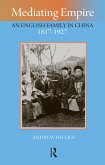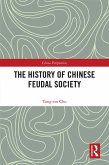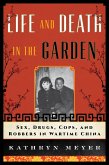Utilising historical GIS mapping and 3D architectural modelling, the research uncovers spatial strategies employed by monks, the gentry, and the government. It argues that by seizing hydraulic estates from Buddhists, the gentry and government rose as a landed class and cultural elites, establishing the literati garden. Yuan temples featured a mound-field-river topography which reclaimed urban wetlands. In temples such as Shizi Lin, scenes were crafted as Chan gong'ans to support Buddhist practice towards enlightenment, underpinning a monastic architectural transformation in the 14th century. In the Ming dynasty, the gentry and government exploited the hydro-topography while erasing Buddhist traces by converting temples into gardens. The book forms a theoretical model of triangulating the garden practice with socio-hydro spaces and advocates a new garden history enabled by historical mapping and modelling.
This book is aimed at students and scholars of East Asian history, temples and gardens, and landscape architecture and design.
Dieser Download kann aus rechtlichen Gründen nur mit Rechnungsadresse in A, B, BG, CY, CZ, D, DK, EW, E, FIN, F, GR, HR, H, IRL, I, LT, L, LR, M, NL, PL, P, R, S, SLO, SK ausgeliefert werden.









